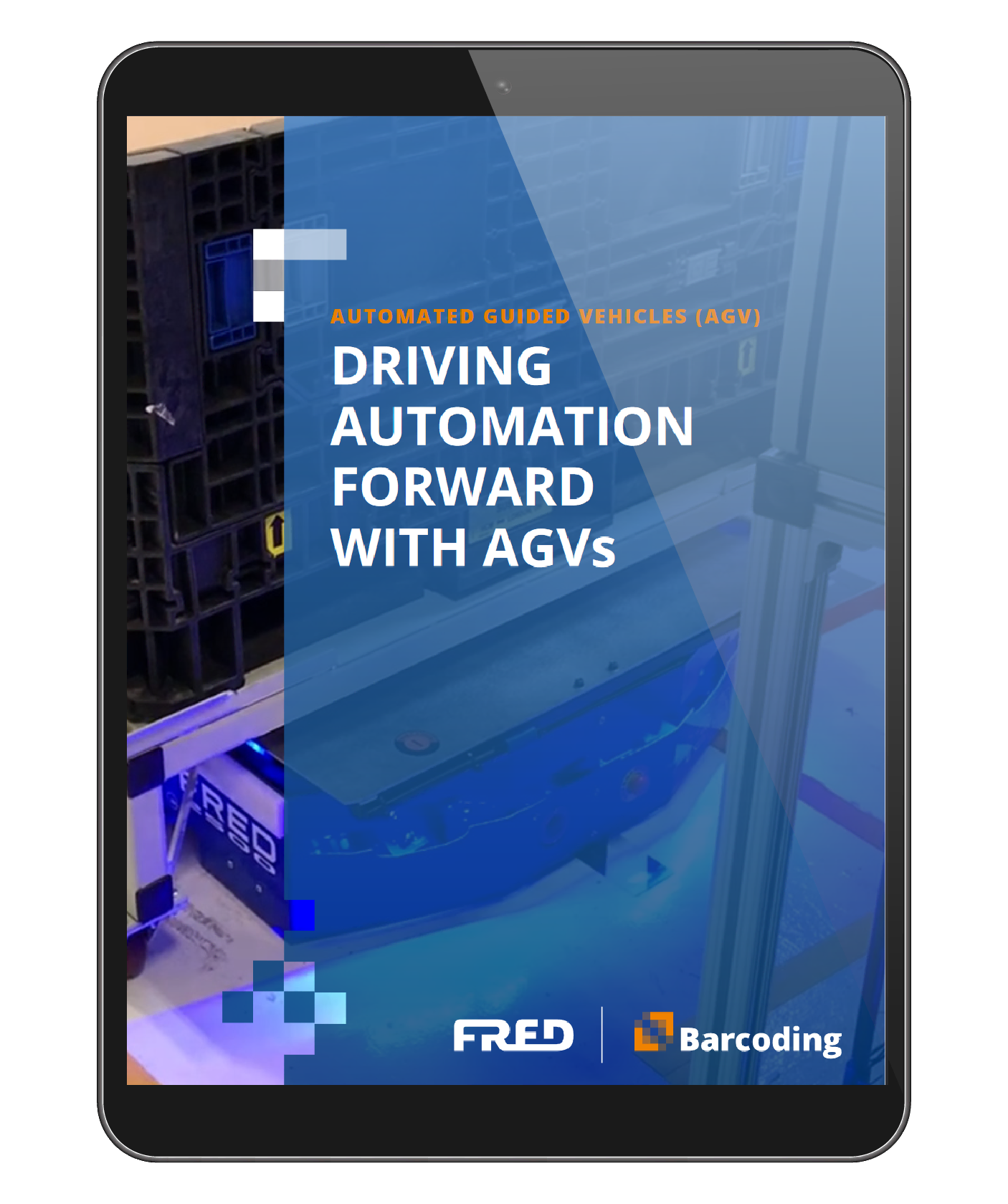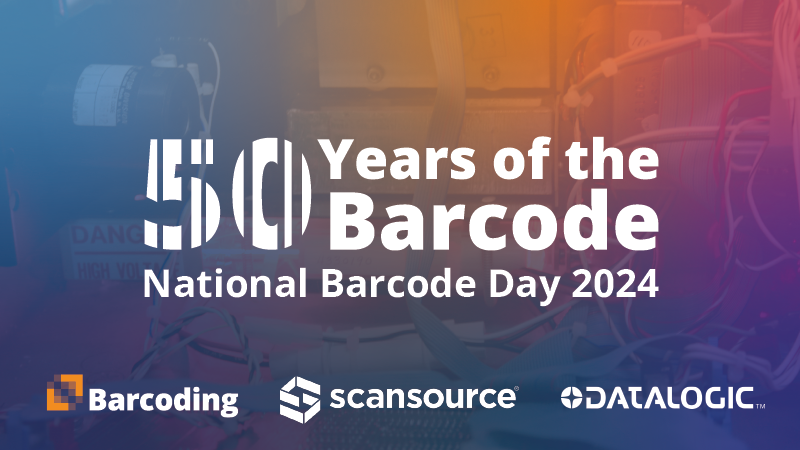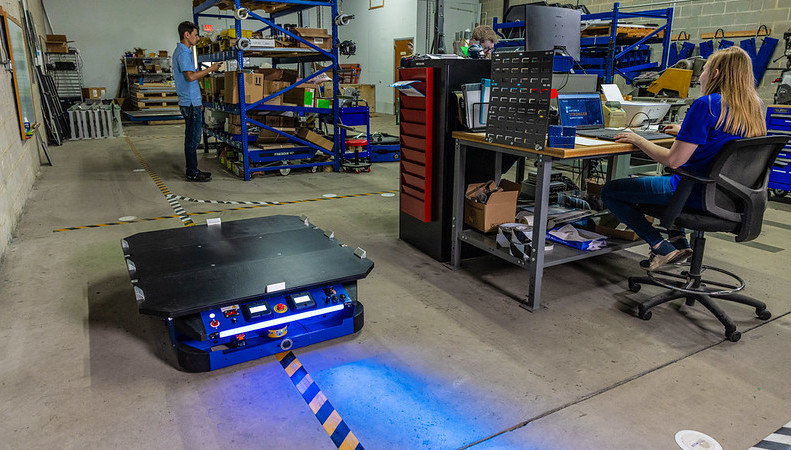In 2023, employers in virtually all industries have continued to experience significant employee churn, with the vast majority (70%) of job separations in 2022 voluntary.
Every workplace has its unique challenges, and warehouse environments have their own factors contributing to employee churn. The work is often physically and mentally demanding, especially over the course of an eight-hour workday. Picking and fulfillment simply aren’t remote-eligible positions, making flexibility a challenge.
All at the same time, baby boomer retirements are peaking, consumer demand is rising, and incoming generations are bringing with them high expectations for day-to-day work satisfaction. Human resources leaders have been struggling to adapt, with average warehouse hourly pay rising 8% and the sector adding almost 700,000 jobs in a little more than two years.
Increased use of warehouse automation takes some of the sting out for those operations making the investment, but there’s no getting around it: warehousing remains a people-centered industry. That means solutions need to be people-centered, too.
Here, we’ll take a look at how warehouse and distribution center employers are taking advantage of mobility to address the challenges of warehouse employee churn—and what it takes to deliver a mobile device experience that meets the moment.
A Closer Look at Jobs Numbers in Warehousing & Retail
Warehousing and retail have struggled acutely with high quit rates, accounting for 12.87% of total private industry job openings in August of 2023.
The U.S. Bureau of Labor Statistics reported a transportation, warehousing, and utilities hire rate of about 72.5% and a separation rate of 76.83%. Those numbers paint a picture of warehouse operators straining to fill positions as quickly as they open up.
Within retail, the picture is even more pressing: Hires and separations, both over 100%, were neck-and-neck as of August. You’d be hard-pressed to find a better real-world illustration of labor churn.
But at issue is much more than the number of unfilled positions a warehouse or DC contends with; the compound effects of employee churn can be devastating to a business. Here are a few of the most common churn-induced losses:
- Increased recruiting and hiring costs
- Diversion of existing labor resources to onboard and train new hires
- Impact on remaining team members if they fail to meet work goals due to vacancies and new staff needs
- Lost productivity as new employees learn the job and their teammates step away from tasks to help
- Lack of team cohesion as team makeup is constantly in flux, and cultural decay as the problem becomes widespread
- Loss of organizational knowledge as long-tenured workers leave
- Quality and customer service problems and the reputational damage they can cause
Reputation concerns don’t stop with customers, either. High churn can make potential candidates hesitant to apply.
Technology That Enables and Empowers Warehouse Workers
With such high stakes, it’s clear that warehouse and DC operators need to make jobs more appealing and sustainable. Technology has a major role to play, but the focus should remain on enabling people, not replacing them.
Warehouse mobility is a prime example. Handheld mobile computers have long helped workers be more productive. They provide real-time access to information, automate processes, and streamline communication. But aging devices can fall short in terms of ergonomics, performance, and user experience. Small screens, awkward form factors, complex menus, and limited feedback mechanisms can make all-day device use tedious and frustrating.
New generations of ruggedized devices and wearables are changing that experience with advanced features such as:
- Larger, brighter displays that are easier to see and interact with, reducing fatigue
- Ergonomic designs that fit comfortably in the hand or can be worn on an arm, wrist, or finger, reducing awkward movements and muscle strain
- Customizable screens that adapt to tasks, worker preferences, and even accessibility needs
- Hands-free operation via voice commands so workers don’t have to constantly look at or handle devices
- Feedback mechanisms like haptics, vibrations, lights, and/or sounds that confirm scans or other actions without disrupting tasks
- Integrated headsets and microphones that enable seamless voice-directed workflows
- Long-life batteries that enable workers to complete a shift without worrying about losing power
- Rugged, waterproof designs that can handle tough conditions and frequent drops
Features that reduce physical and mental workload have tangible impacts on comfort, accuracy, and productivity over an eight, 10, or even 12-hour shift. Workers experience less fatigue, stress, and frustration. So they’re happier on the job, and maybe even more likely to stay.
Thoughtfully designed devices allow workers to stay focused on their tasks rather than the technology—but you don’t need to wait for employees to be onboarded and trained for mobility to be part of the solution.
In fact, warehouse operators can put a great mobile device experience to work from day one, as part of a streamlined approach to onboarding and training.
Faster, More Effective Onboarding & Streamlined Employee Training
A great mobile experience doesn’t just make day-to-day work life better—it can transform employee onboarding and training, too.
Intuitive interfaces can make training modules self-serve for new hires, so they can quickly integrate within teams and get productive. Onboarding checklists accessed via mobile device can guide new employees through key activities on a predictable timeline.
Guided, interactive tutorials can lead them through workflows, processes, and even company protocols and policies. More advanced end user enablement technologies can deliver a truly immersive training experience that gets new employees acquainted with everything from the warehouse floor layout to safety procedures.
Contextual cues reduce the need for constant trainer oversight, enabling more new hires to train in faster. Scanning smart labels or barcodes can automatically pull up the right procedures, videos or manuals for the task at hand. And managers can deliver information and track task completion digitally, rather than chase down teammates for updates.
Ongoing training becomes simpler with resources like video tutorials, quick reference cards, manuals, and more, accessible all by mobile device. Workers can easily find information they need and refresh or update knowledge on demand.
On-screen gamification can add an element of engagement to skill-building, with badges and rewards as employees advance. Performance tracking via mobile device can help managers identify strengths for recognition and gaps in need of remedial training.
The right approach to mobility and end-user enablement can give employees the tools and guidance to successfully onboard and learn their roles without wasting time or diverting labor. Guided on-the-job training prevents frustration and builds worker confidence quickly. Knowledge and skills gained are “stickier” when they’re reinforced through action.
Enablement and Gamification: A Recipe for Warehouse Worker Retention
With the high costs of hiring and turnover, streamlined onboarding and training can pay compounding dividends over time. When employees are set up to succeed from the beginning, they’re more likely to thrive over the long term—improving retention, reducing the demand for new hires, and supporting stability on worker teams.
With the right mobile devices, enablement tools, and training, warehouse operators can reduce onboarding timelines—and reap the benefits over a longer period as employees stick around. That lightens the load on recruiters and hiring managers while boosting employee morale and reducing churn and its effects.
Strategic use of gamification elements can encourage employees to engage with their work, too. And it can also help promote quality, efficiency, and error-free productivity. But your gamification strategies need to be developed and implemented with care. Our free guide is packed with ideas, tips, and key considerations for your warehouse gamification plan.








